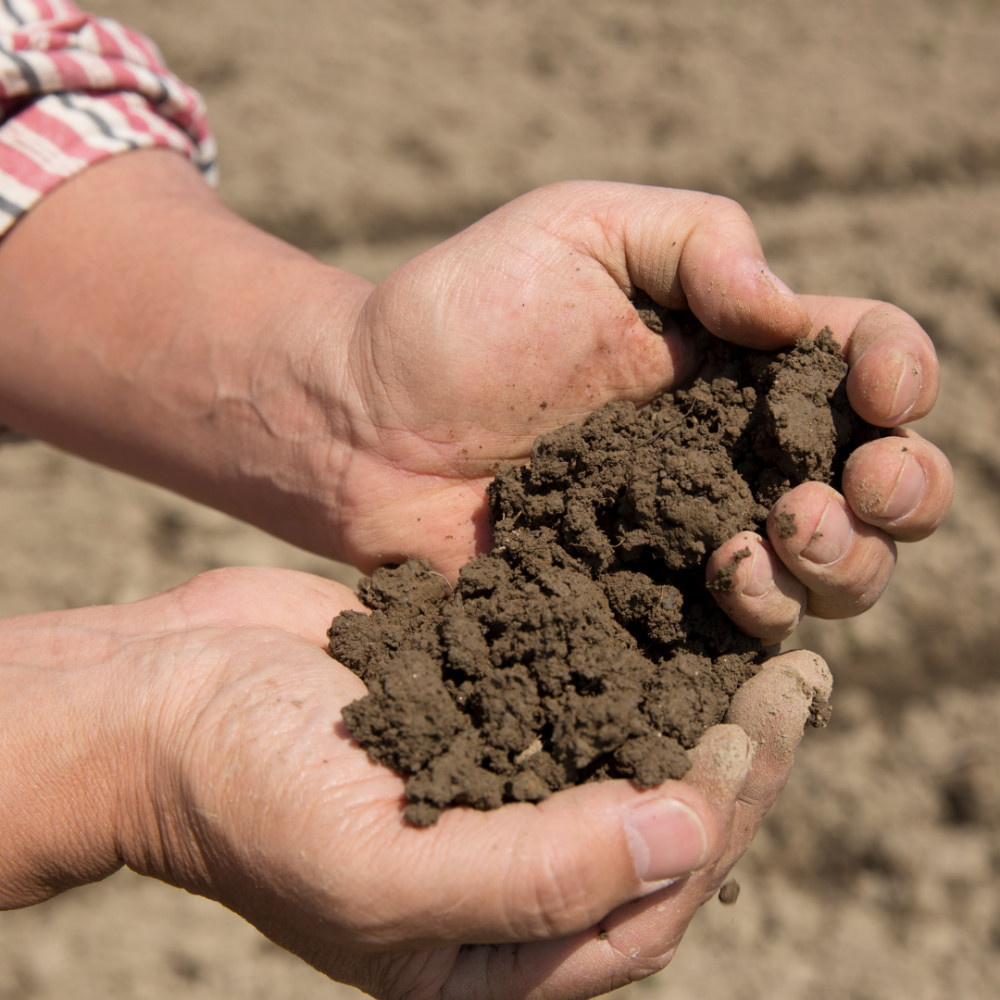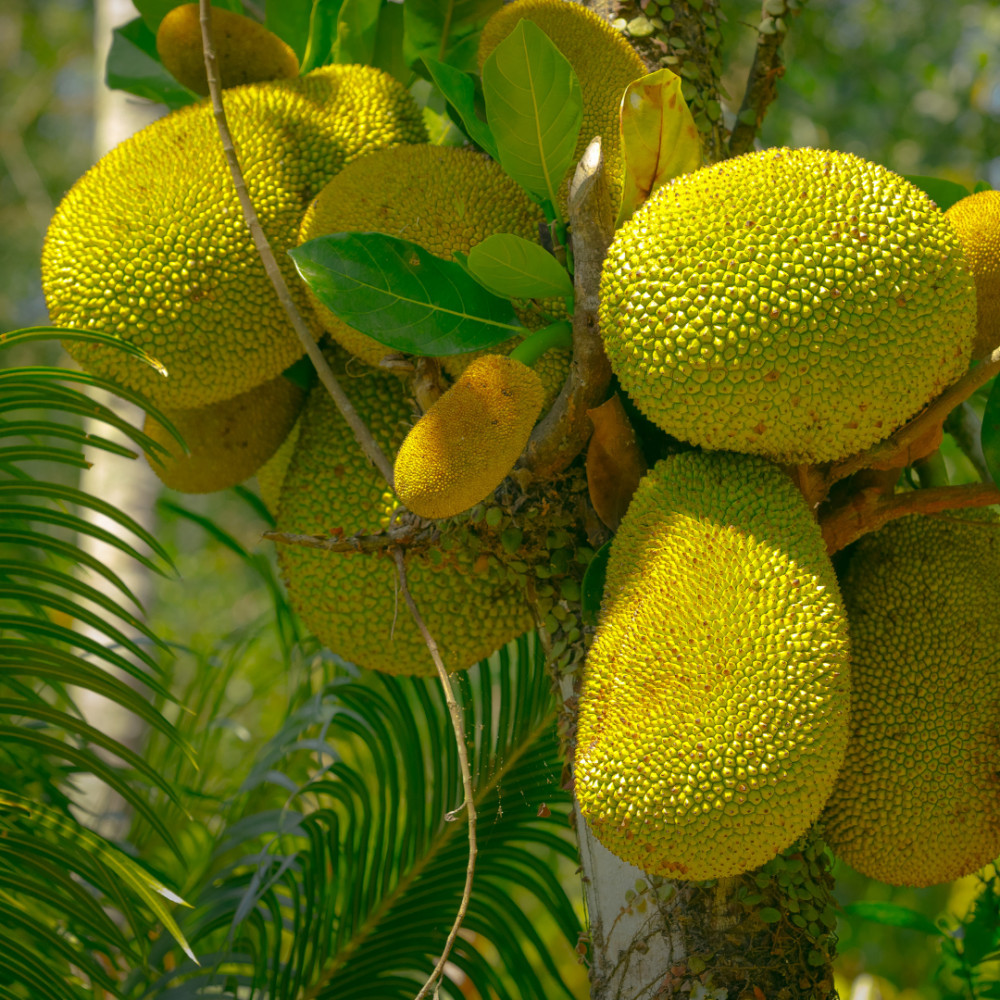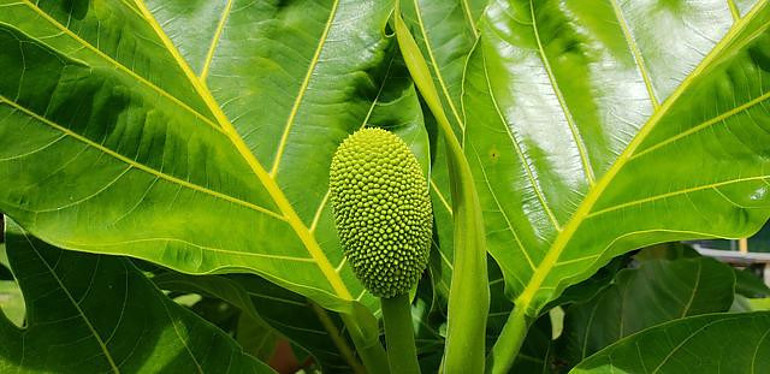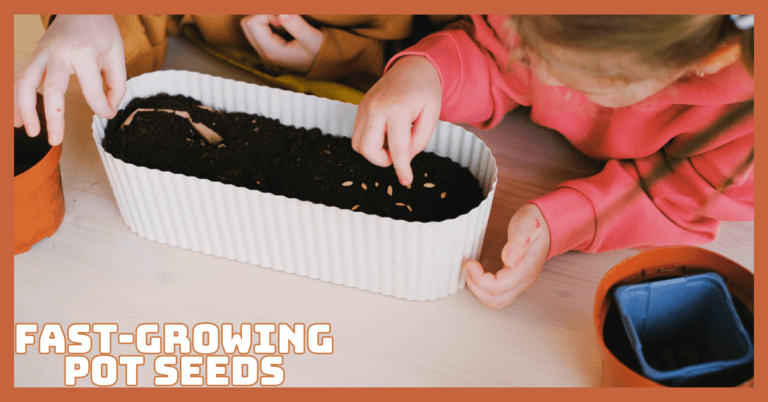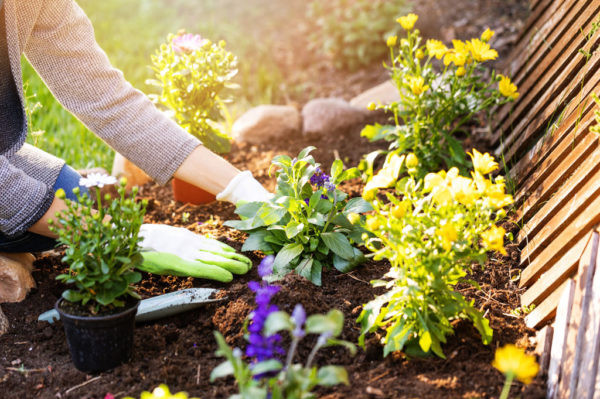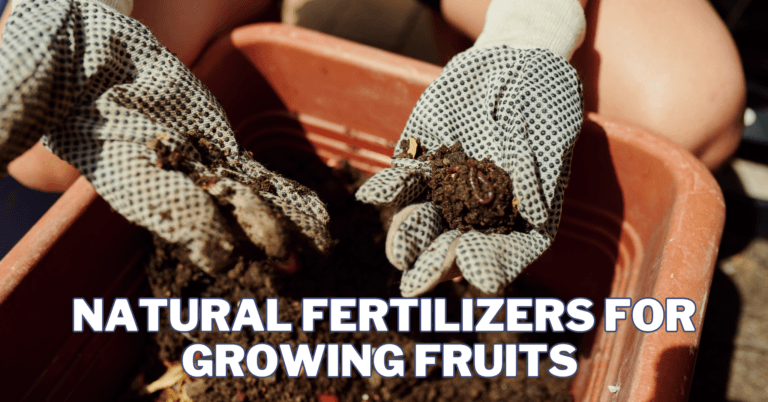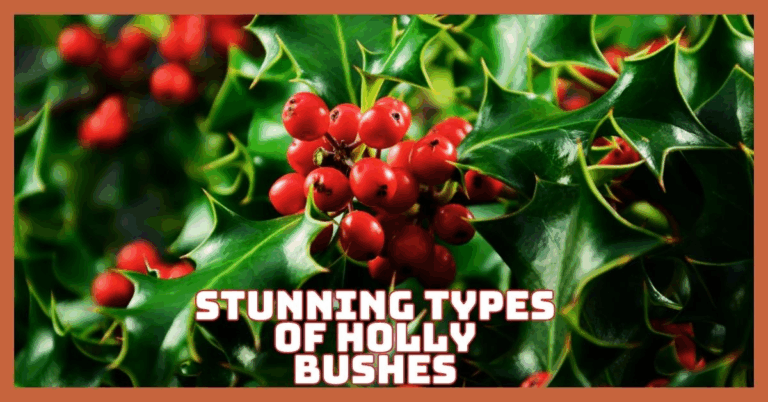Breadfruit Tree Growing Conditions
Breadfruit Tree Growing Conditions
Breadfruit is a beautiful, fast-growing tropical tree that can yield over 200 cantaloupe-sized fruits in a single season.
The starchy, fragrant fruit tastes like bread but is high in fiber, vitamins, minerals, and protein. Breadfruit is an essential source of nutrition in many parts of the world, which is not surprising.
Origins Of Breadfruit
Breadfruit, one of the most productive food crops on the planet, originated in the South Pacific, the region that includes modern-day Malaysia, Indonesia, and New Guinea.
Breadfruit saplings accompanied ocean explorers from that area and what is now Taiwan as they set out across the Pacific to settle new lands before 3,000 B.C.
Over millennia, as their navigation skills improved, these explorers reached thousands of islands spread across roughly 20 million square miles—a third of the Pacific Ocean, encompassing Micronesia, Melanesia, and the vast triangle of Polynesia, defined at the outermost points by Hawai'i, New Zealand, and Easter Island.
Breadfruit was critical to the success of this remarkable migration, providing food and much more.
The light, strong wood was used to construct houses and the canoes that transported the navigators on their historical voyages of discovery (and, later, for surfboards).
The sticky white latex from the tree was used as a waterproof caulk for the canoes, glue to catch birds (the feathers were made into capes, and the birds were frequently released), and chewing gum.
The inner bark was used to make a soft, flexible cloth, and the leaves were used to treat infections.
When breadfruit flowers are burned, they naturally repel insects. These breadfruit uses are still practiced in traditional Pacific Island communities today.
All of this is in addition to the tree's incredible yield: For 50 years or more, each tree can produce up to 800 pounds of nutritious fruit per year.
Unlike rice, corn, and wheat, breadfruit trees produce significantly more food on the same land.
Breadfruit also has significantly more calories per cup than rice, potatoes, or corn, making it an ideal crop for areas where hunger is severe.
Breadfruit Tree Growing Conditions
Soil Requirements
A rich, deep, and well-drained soil is ideal for growing breadfruit trees. All of these requirements are met by sandy or loamy soil.
On the other hand, the hardy tree has been observed growing on atolls where the soil is shallow, rocky, and saline. Salt concentrations in the soil are unlikely to be an issue in your garden.
However, you might have a problem with clay soil. To achieve the desired texture, break up the top few feet of soil and work in plenty of coarse sand or perlite.
Add a generous amount of aged manure or organic compost to start the young sapling well.
Watering
Like most tropical plants, the breadfruit tree requires a lot of water in its first couple of years. The tree receives up to 118 inches of rainfall annually in its natural habitat.
You'll need to provide more, especially if your summers are long and extremely hot. Water the trees in the morning until the roots form.
Their water requirements will gradually decrease after the second year. Watch for signs of drought, such as scorched leaf edges.
That's a sign that your tree requires more water than you currently provide. Mulching can help with water retention.
Fertilizer
There is no substitute for rich, fertile soil for breadfruit trees. Poor soil will eventually reduce the productivity of the tree.
As a result, start sapling in soil rich in organic materials. Use organic compost regularly to replenish soil nutrients.
As a heavy feeder, you must apply organic materials in the spring before the growing season and after pruning the tree.
Use a combination of low NPK fertilizer and organic compost for the best results. When in doubt, go with the aged manure. That is something you can never have too much of.
Pruning
Pruning breadfruit trees promotes healthy growth and keeps the tree in shape and on your preferred side. If you're growing the tree in a greenhouse, begin pruning it when it's about 5 feet tall.
Trim the main branch to promote lateral growth. Harvesting the tree will be a breeze because you won't need to climb a ladder to reach the high branches.
After the harvest is the best time to prune the tree; this encourages healthy growth and ensures that the tree will bear fruit the following year. Keep pruning light and only remove one-third of the tree's foliage at a time.
Pests & Diseases Of Breadfruit Trees
Breadfruit trees are resistant to almost all insects and bugs. On the other hand, aphids, mealybugs, and scales can get to the leaves and feed on the nutritious sap. Aphids and mealybugs are both easily killed with alcohol.
The scale, on the other hand, should be avoided. If left untreated, it can kill a young tree. To get rid of this insect, use neem oil on large infestations.
Sooty mould is the only disease to be concerned about with your breadfruit tree. It is caused by the pests mentioned above depositing honeydew on the branches and leaves, which provides a breeding ground for sooty mould spores. Pest control will keep your tree disease-free.
Harvesting Breadfruit
Breadfruit harvesting windows are frequently limited. When the fruit is ripe, the appearance of most varieties does not change.
The best way to tell is to smell and feel it with your hand. It's ripe if it has an aromatic smell and feels soft.
Twist your hand around the ripe fruit to snap the stem. Allow the sticky sap to run out of the stem by turning the plucked fruit upside down. Eat fallen fruits sparingly because they are frequently spoiled.
When Does Breadfruit Become Ripe?
Breadfruit fruit can be eaten green for a more starchy, potato-like food or ripe to overripe for a banana-like food.
Avoid picking still bright green fruits with little sap coverage when the fruit grows on the tree.
The sap begins to flow and cover the rind of the fruit as the fruit matures. The rind's light green colour also darkens, sometimes turning dark yellow. This is the time to harvest.
A basket fruit picker is the best way to harvest the fruit. It is best not to let the fruit fall to the ground because it can cause damage.
The fruit can go from hard and starchy to soft and mushy in just over 3 days after being harvested, so only harvest what you can eat.
Many great online resources are constantly added to help you turn breadfruit into an amazing dish. So, if you end up with too much, you'll have plenty of options for what to do with it.
Breadfruit is one of the best food crops to help Hawai'ians achieve food sovereignty. The government will not assist the people.
People must assist themselves. Make enough to share with your neighbours if you start propagating your breadfruit.
Breadfruit Planting From Seeds
Some breadfruit varieties contain seeds. On the other hand, planting an ulu from seed does not guarantee that it will be similar to the parent plant. As a result, most breadfruit trees are propagated by root cutting.
However, follow the steps below if you insist on growing breadfruit from seed and have access to a seeded variety.
Breadfruit tree seeds do not last long, so planting them as soon as possible after harvest is critical. To ensure that the breadfruit grows successfully, ensure that you have at least 50% shade.
Young breadfruit trees thrive in the shade. Plant the fresh seed from the root in a sandy, well-draining potting mix. Keep it in the shade and the soil moist until it sprouts.
When the baby tree reaches 10″-12″ in height, you can begin to harden it off by gradually exposing it to more sunlight over two weeks.
The seeded varieties grow best in the Coraline limestone soils of Micronesia. In contrast, the seedless varieties grow best in the sandy coral soils more commonly found throughout the South Pacific and Hawai'i.
Breadfruit Planting From Root Cuttings
Breadfruit is most commonly propagated through root cuttings. Even so, there are two methods for obtaining root cuttings.
The simplest method is to cut a sucker, or young root sapling, at the root. Breadfruit trees naturally produce suckers, but you can force the tree to produce more suckers by exposing and injuring a root.
Pruning the parent plant will also result in the formation of more suckers. As the suckers mature to the point where you're ready to cut them, do a light pruning of the roots a couple of times over the next two months to prepare the sucker for the big shock that's coming up.
To make your cutting, locate the lateral and feeder roots that sprout. Cut a couple of inches of the lateral root on each side of the sucker, attempting to keep all feeder roots intact.
Plant it in a pot with well-draining soil, such as cinder, sand, or peat moss. When replanting the cutting, plant it at the same depth in the ground.
Place the pot in the shade for about 8 weeks. Harden it off in the sun before planting it in the field.
If you want to propagate more breadfruit, you can try another type of stem cutting.
Begin by locating a root approximately 1″–2″ in diameter and approximately 4″–8″ in length. Remove the soil from the cut root section. Make 4-6 shallow cuts into the root's bark using a clean, sharp knife.
They must be watered several times daily for several months until the plant reaches about 2′ in height. When doing this type of propagation, it is wise to invest in setting up an intermittent mist system, which will bring success with various difficult-to-propagate species.
Best Breadfruit Varieties
1. Fosberg
Fosberg (Artocarpus altilis) not only tastes like bread, but it also smells like it. The aroma wafting out of the fruit when roasted or baked is similar to the smell of fresh bread.
This shows how much fiber and carbohydrates each breadfruit contains. Furthermore, because starchy fruit is gluten-free, gluten-intolerant people can use it as a substitute for wheat-based bread and other gluten-loaded products.
Fosbery, originally from the South Pacific, has spread across the Pacific Ocean one island at a time.
As islanders colonized new islands, they brought their staple food and planted trees wherever good soil could be found. This allowed more cultivars to develop, and each new island gave the tree a new name.
2. Liva
Another cultivar is found primarily in Fiji. The flesh of ripe fruit is less dense than other, more popular breadfruit varieties. There is also one large seed near the fruit's base.
Despite these flaws, the flesh of the Liva fruit is more aromatic and sweeter than other Fiji cultivars. The nutritious cultivar is high in iron, protein, and manganese.
Ripe Liva fruit is typically oval with smooth skin and weighs about one and a half pounds. The skin and flesh inside are both pale yellows.
The Liva fruit can be harvested all year, and as long as the growing conditions are favourable, the tree can produce fruits for up to 50 years.
The Liva cultivar is also quite attractive. Aside from the shade provided by its large canopy, the leaves are glossy green and shimmer in the sunlight. Each leaf is about 20 inches long and has eight lobes on both sides.
The leaf is 12 inches wide at its widest point. The leaf is profoundly veined and dark green with light yellow veins.
Although the leaves are thick and meaty, they are pretty flexible and have smooth surfaces on both sides.
3. Blanco
Blanco (Artocarpus camansi) originated in New Guinea and the Philippines before spreading throughout the world's tropical regions.
While birds and bats feed on their fruits in the wild, Blanco is also an excellent breadfruit tree to grow in the garden.
However, it is primarily grown as an ornamental plant because its fruits are densely packed with seeds, which take up a large portion of the fruit and leave little room for the flesh.
To grow Blanco for its fruits, you must grow the seedless cultivars crossbred from this tree.
They retain the tree's best characteristics while producing more fleshy, seedless fruits. Like other breadfruit varieties, Blanco is known by many different names in different countries.
Its alternate English name is breadnut, which is known as chataigne in the Caribbean. In Sri Lanka, it is known as kos del, in Puerto Rico as pana de pepitas, and in New Guinea as kapiak. It grows abundantly throughout the world, from South America to West Africa and Southeast Asia.
4. Uto Vola
The Uto Vola cultivar stands out with its large fruits and ornamental foliage. The fully ripe fruit weighs about 6 pounds and can be round or oval.
Even when the fruit is fully ripe, the skin remains light green. When mature, the flesh is white and turns yellow-white. It's moderately dense, with thick veins regularly running through it.
Uto Vola harvesting season begins in April and lasts until September. The tree does not bear fruit again until April of the following year.
On the other hand, the tree's leaves tell a different story. The leaves of this cultivar are impressively large, broad, and glazed.
The mature leaf can grow about 27 inches long and as wide as long. The leaf can be one foot across at its widest point.
It has a V-shaped base and seven lobes that run the length of the leaf. The deep veins add another ornamental value to the leaf with their light green colour and complex structure. The leaf is very flexible, with a smooth surface that reflects sunlight.
5. Chebiei
Chebiei (Artocarpus mariannensis) deserves a spot in your garden thanks to its glossy leaves and unusual-looking fruits.
The tree and its many hybrids originated in the South Pacific and have mostly remained there.
The small fruit with one to two large seeds is why this breadfruit did not spread as widely as other varieties.
It's safe to say that the fruit is nothing more than seeds with a few morsels of flesh to keep them company.
The Chebiei grows well in limestone, but new cultivars have been developed to make the tree more adaptable to atolls and coastal areas with sandy soil.
These hybrids can also withstand saline soil, making them ideal for small islands. If you're growing this variety for its fruit, you should look into seedless cultivars because seeded varieties don't produce enough flesh.
However, this tree will require a lot of room in your garden or backyard. It can grow to be more than 60 feet tall, with a massive canopy and a trunk more than 6 feet in diameter.
6. Lasawa
This cultivar is primarily found in Natewa Village, Fiji. Although obtaining seeds or a sapling of the Lasawa cultivar is complex, the effort is worthwhile.
The cultivar's fruits are seedless and fleshy. The aromatic flesh is white, with a thin core in the center of the ripe breadfruit.
The fruit is round or oval and weighs less than 4 pounds on average. Its colour does not change and remains light green from when it develops until it is fully ripe.
However, the dense flesh compensates for the fruit's small size. And, thanks to its legendary high yield, you'll get a lot of fruits from a single tree every season.
The leaves are also very ornamental with their glossy green surfaces and heavily lobed structure. Each mature leaf measures approximately 25 inches long and 13 inches wide at its widest point.
The leaf base is shaped like a V, and each leaf has seven lobes. The lobes are pointed, and the veins are light green, contrasting with the leaf's deep green.
Conclusion
Breadfruit can be eaten at any stage of ripeness, but the mature but firm breadfruit, which tastes like a potato, is the most popular.
When small and green, it tastes like an artichoke; when fully ripe, it tastes like sweet, soft bread. Breadfruit can also be dehydrated and ground into a versatile gluten-free flour.
In the kitchen, fresh breadfruit is extremely versatile. Depending on its ripeness level, it can be baked, steamed, coal-roasted, boiled, pickled, candied, added to soups, stews, curries, and salads, mashed into pancakes, or used for pies and cakes—and it makes killer French fries.
I trust you enjoyed this article on the Breadfruit Tree Growing Conditions. Please stay tuned for more blog posts to come shortly. Take care!
JeannetteZ
>>>Please click here to read my all-inclusive article about Container Gardening<<<
>>>Are you interested in homegrown herbs and medicine? Please click here to find out more about it!<<<
Your Opinion Is Important To Me
Thoughts? Ideas? Questions? I would love to hear from you. Please leave me your questions, experience, and remarks about this article on the Breadfruit Tree Growing Conditions in the comments section below. You can also reach me by email at Jeannette@Close-To-Nature.org.
>>>Please read more about breadfruit here<<<
Disclosure
This post may contain affiliate links. I earn from qualifying purchases as an Amazon Associate and other affiliate programs. Please read my full affiliate disclosure.
You might also enjoy these blog posts:
Easy Steps To Grow Euphorbia Flowers In Containers
Simple Steps Of Growing Cilantro In A Container
Necessary Steps Of Growing Parsley In A Container
Easy Steps Of Growing Sage In A Container
Easy Steps Of Growing Thyme In A Container


